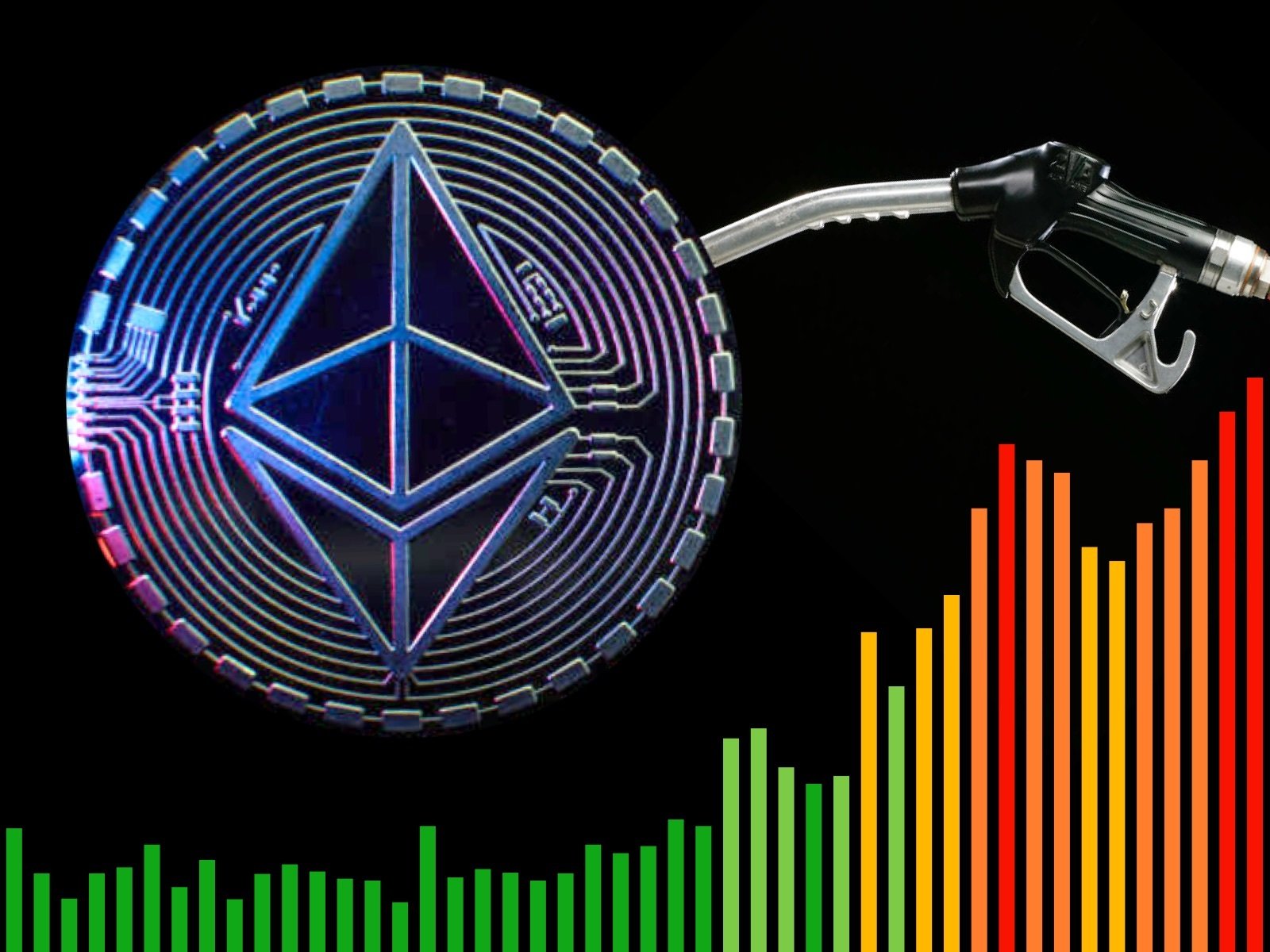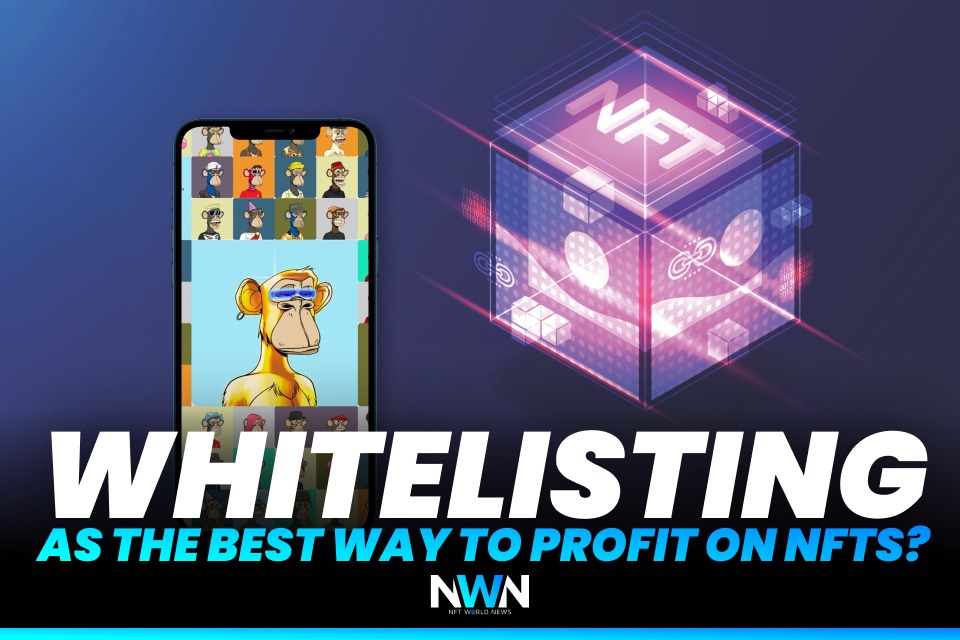Quick Summary
- Whitelisting is a common practice in the NFT world. Whitelisting is considered a key to success in trading new NFTs and it allows you to get your hands early on the NFT project you like.
There is more to non-fungible tokens (NFTs) than people think. It’s not just about going to OpenSea and buy & sell them. There are other possible ways how to get your hands on NFTs, and one of them is whitelisting. What is it and how does it work? Continue to read to find out.
you might wanna read this: 4 Determinants For NFT Valuation
Whitelist Explained
Whitelisting is a common practice in the NFT world. The term whitelisting comes from the information technology/cybersecurity world and generally means “allow” or “safe” list, but in the NFT world, it means something more specific. For NFTs, whitelisting is the process of getting a crypto wallet address pre-approved for a future NFT mint (also called a “drop”).
Since most NFTs are launched on the Ethereum blockchain, the address being whitelisted would be your public Ethereum (ETH) address. However, there are other networks getting popular for NFTs, such as Polygon, Binance Smart Chain, Solana and many more.
If you want to get whitelisted, it means you have to go through the process defined by the NFT project team of getting your ETH address pre-approved to mint an NFT at some predefined date and time. Usually, this date for whitelisted addresses is set as a window of time. For instance, some projects may allow whitelisted addresses to mint an NFT anytime within a predefined 48-hour period.

Whitelisting As The Best Way
Whitelisting is key to success in trading newly minted NFTs, and it’s nearly impossible to achieve outsized returns unless a user is involved in a project from the early days. Not everyone can rake in tens of millions of dollars like famous NFT artists like Fewocious or Beeple.
“More than anything else, NFTs run on community and word of mouth growth. Look at virtually any successful NFT project, and you’ll likely find Discord servers and Twitter threads full of enthusiasts promoting the project. This is by design.”
Generally, NFTs are being advertised for a longer period of time before they are released. This allows the building of momentum and demand. Being a dedicated follower who helps spread the word from the beginning is the best chance of being added to a whitelist. Whitelisting provides a significant financial reward for those who play a role in an NFT project’s success by seeding its early community growth efforts.
Avoid Necessary Gas War

Transaction fees on the ETH blockchain can be huge when the network is congested. The situation is made much worse when a popular NFT project is launching and a big pile of people try to mint at the same time. This situation is known as a “gas war” since people are competing to mint the NFT as quickly as possible before it sells out (the more gas you are willing to pay, the more likely your transaction will go through before others).
To ease this situation, many projects have adopted a concrete whitelisting approach. By whitelisting supporters in advance of a launch, the project team can create a window of time that their NFTs can be minted within (e.g. a 24-48 hour window of time on a specific date). Since the whitelisted addresses can choose the time they want to mint within that window, people can spread out their transactions – thereby preventing the gas war.
Conclusion
If you read until here, now you should understand the basic idea behind whitelisting, its benefits, and the presence of high gas fees within big projects. Before you buy some NFT on marketplaces like OpenSea or Qorpo, make sure to try out whitelisting too!
more to read
Americans Start to Give Cryptos as a Gift
Virtual Lands In Metaverse Dominate The NFT Market
Sentiment: positive
NFT World News Social Media: Twitter, Instagram, Telegram, Tiktok, Youtube
sources: coinmarketcap, nftska
author: Rene Remsik
Disclaimer: This article is provided for informational purposes only. It is not offered or intended to be used as legal, tax, investment, financial, or other advice.
Disclaimer: This article is provided for informational purposes only. It is not offered or intended to be used as legal, tax, investment, financial, or other advice.





